=> The length of the horse's leg was evolved to meet the need for flight before fierce and swift enemies.
The anatomy of a horse drawn onto a horse
at the Minnesota Horse Expo.
Taken on April 23, 2009.
=> The horse has one toe that has a strong, sharp hoof.
Comparison of foot structure.
September 4, 2011.
=> The horse's feet are not good for marshy places. A horse will mire where a cow can pass in safety.
=> The ears, if turned back, denote a treacherous disposition. They should point upward or forward. If the ears are laid back it is a sign that the horse is angry; sensitive, quick-moving moving ears indicate a high-strung, sensitive animal.
Bailey's ears are upright - she's curious about
my mom's walker.
Taken on Mother's Day on May 9, 2010.
=> The eyes are placed so that the horse can see in front, at the side, and behind, the last being necessary in order to aim a kick.
=> The nostrils should be thin-skinned, wide-flaring, and sensitive.
Hoss' nose.
Taken on December 9 , 2012.
=> Scent is one of the horse's chief aids in detecting the energy.
=> The horse has six incisors on each jaw; behind them is a bare space called the bar. Back of the bar, there are six molars or grinders on each side of each jaw.
=> At the age of about three years, canine teeth or tushes appear behind the incisors. These never seem to be of much use.
=> A full-grown horse has 40 teeth in all: six incisors, two canines, an twelve molars on each jaw.
=> The hair is shed each year.
=> The horse's powerful teeth can inflict deep wounds and he can kick and strike hard with the front feet; still more efficient is the kick made with both hind feet while the weight of the body is borne on the front feet.
The top of Hoss' tail
Taken on April 22, 2010.
=> The horse's powerful teeth can inflict deep wounds and he can kick and strike hard with the front feet; still more efficient is the kick made with both hind feet while the weight of the body is borne on the front feet.
=> The mane and forelock are useful in protecting the head and neck from flies; an the tail is an efficient fly-brush.
Olivia walking around a bit on Bailey.
Taken on August 6, 2010.
=> A colt's legs are so long that it must spread the front legs wide apart in order to reach the grass with its mouth.
=> When a colt or the horse lies down, it lies flat upon the side. In lying down, the hind quarters go first, and in rising, the front legs are thrust out first.
=> Horses can walk, trot, canter, and gallop. When walking, two or more feet are always on the ground. When galloping, just before landing the body is in the hair and the legs are all bent beneath it.
=> Timothy hay, or hay mixed with clover, is good for the horse. Oats and corn are the best concentrated food.
=> A horse should be fed with regularity, and should not be used for a short time after having eaten.
=> Grooming of a horse is a part of its rights, and its legs should receive more attention during this process than its body.
The horses relaxing in the pasture.
Taken on May 6, 2010.
=> Horses can walk, trot, canter, and gallop. When walking, two or more feet are always on the ground. When galloping, just before landing the body is in the hair and the legs are all bent beneath it.
The horses running out to get their hay for breakfast.
Taken on April 11, 2012.
=> Timothy hay, or hay mixed with clover, is good for the horse. Oats and corn are the best concentrated food.
During the winter, it's important that the horses
receive enough hay to keep them warm and their energy sustained.
Taken on March 23, 2011.
=> A horse should be fed with regularity, and should not be used for a short time after having eaten.
=> Grooming of a horse is a part of its rights, and its legs should receive more attention during this process than its body.
The girls are standing by a horse topiary
that was outside of the Ordway.
Taken on May 29, 2007.
Outdoor Hour Time:
Each day, Sophia and Olivia spend time with Bailey and Hoss. Bailey is a Pony of the Americas and Hoss is a miniature horse. They are each responsible for feeding the horses - once in the morning and once in the afternoon.
Bailey has provided our family with many learning opportunities with regards to her eyes and vision since she is blind in her right eye (which we didn't know when we adopted her). The veterinarian always spends time educating us about her eyes and changes he sees with them, and has given us many opportunities to look into her eyes with the equipment he uses.
Nature Journal Entries:
Both the girls did a page in their nature journals about horses. This is Sophia's page:
She incorporated some photos from the fall of Bailey with her and of Bailey rolling on the ground (both of the horses do this throughout the year).
This is Olivia's page:
She said she spent quite a bit of time drawing the horse. Her entries also have a lot of information that she writes from facts she finds on the internet.
(We used Autumn 2010 OHC #3: Horses as inspiration for this Outdoor Hour Challenge.)

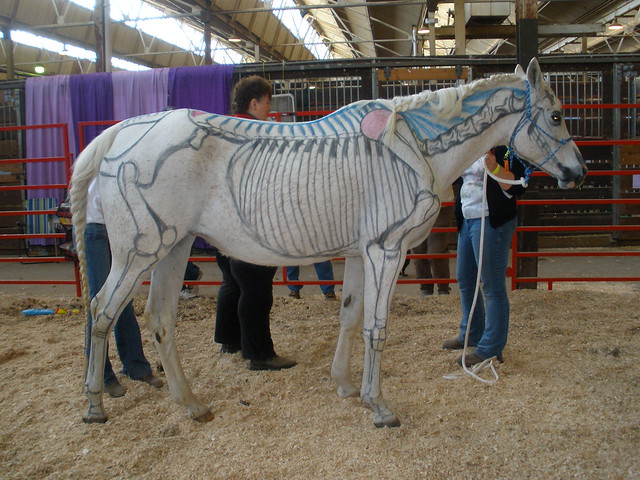
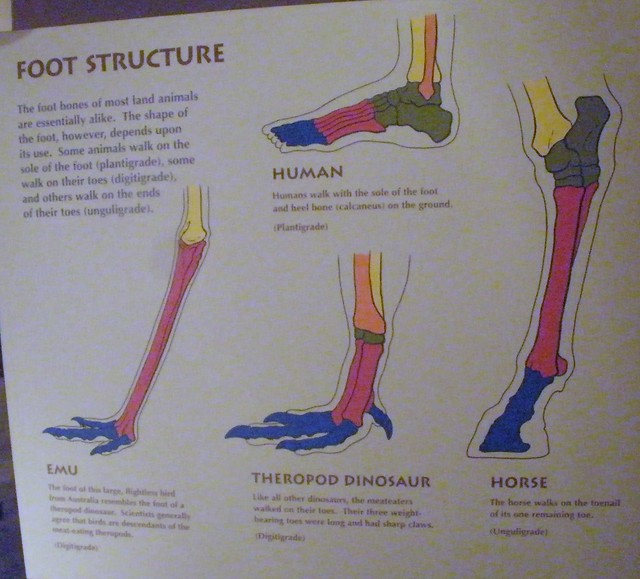
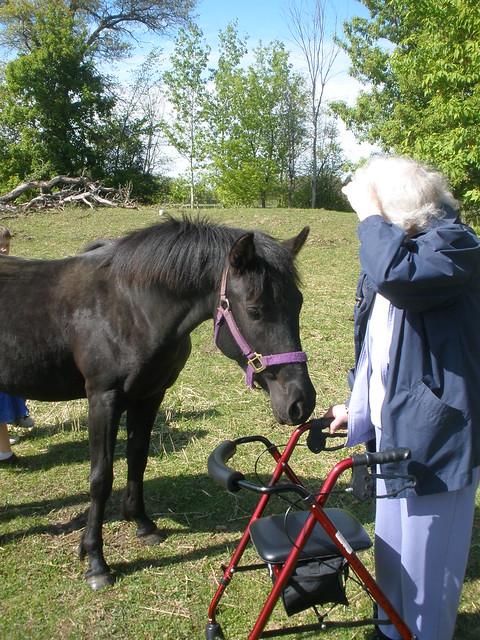
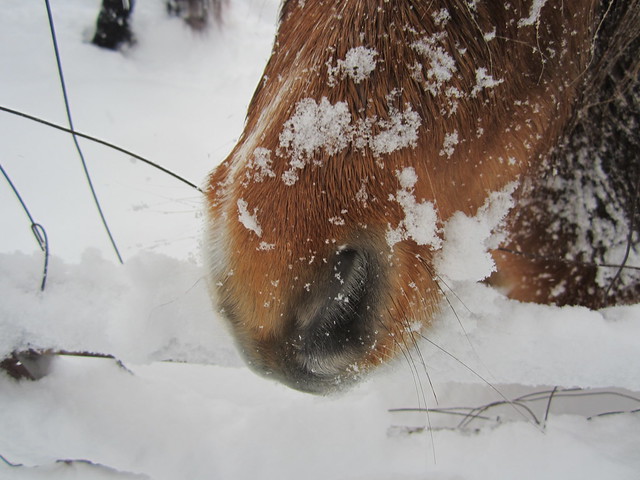
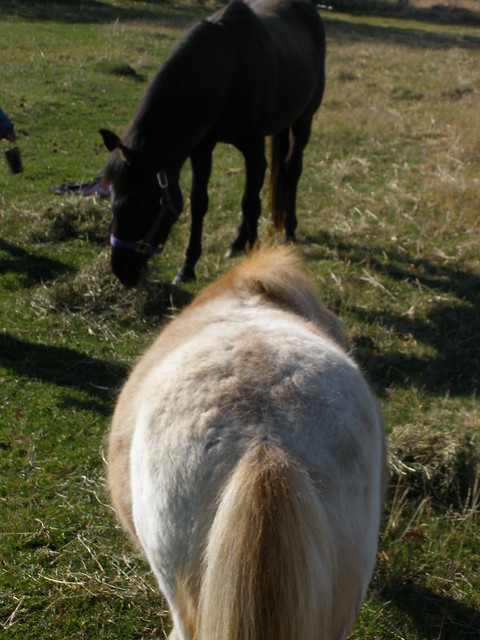
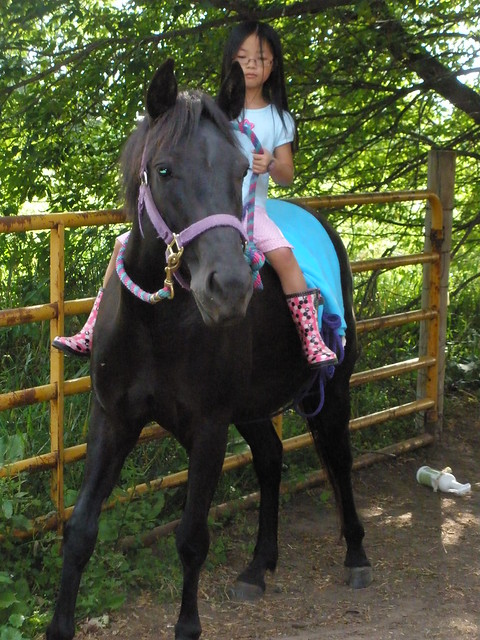
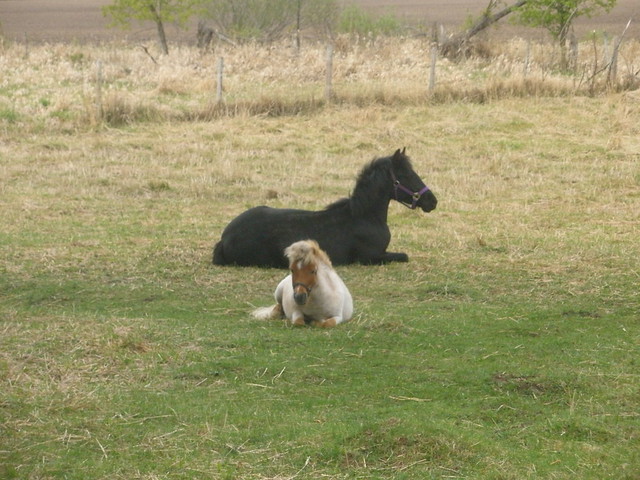
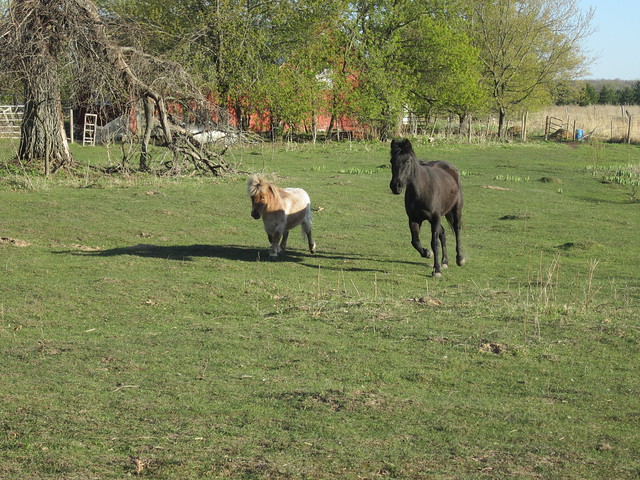

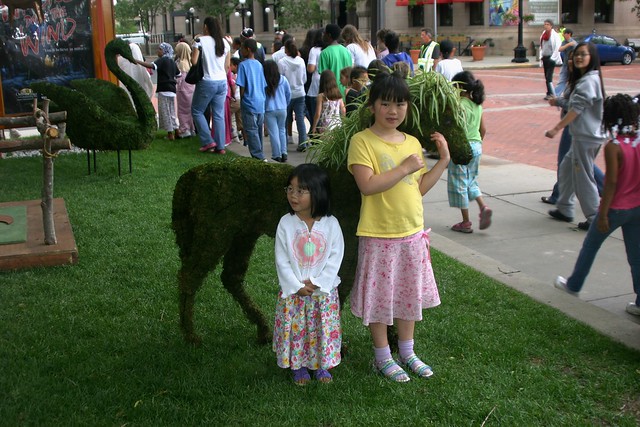


3 comments:
I've never been around horses, but have always thought them highly intelligent and fascinating. The girls are keeping great journals! :)
I'm impressed by the horse anatomy picture! Lovely journals, as usual.
Your girls' notebooks are lovely!
Post a Comment